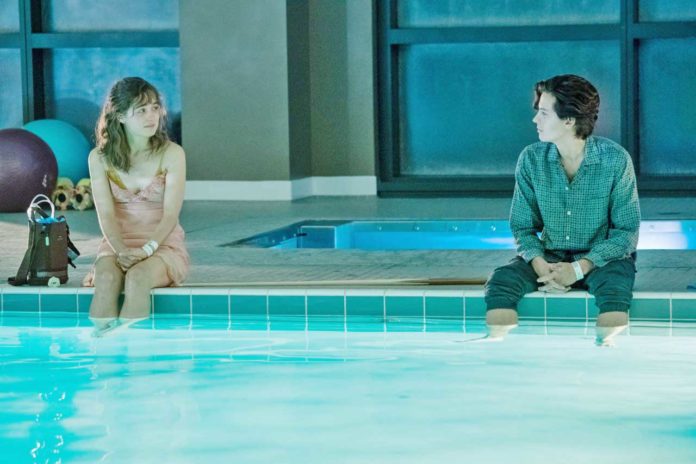In this week’s issue, film columnist Gary Kramer writes about GLAAD’s Studio Responsibility Index. The report sheds light on LGBTQ characters —and oftentimes their omittance — in major studio films, and it serves as a “road map toward fair, accurate and inclusive LGBTQ representation in film.” In 2019, total LGBTQ representation in films increased by a miniscule amount. But every other metric seemed to be worse. There were fewer LGBTQ characters of color compared to the year before, fewer lesbian and bisexual characters, and most LGBTQ characters that were shown had very little screen time.
We’ve talked a lot about how positive role models can help a LGBTQ person cope with their sexuality. For many people, those role models come in the form of movie or TV characters. Before one takes the leap to meeting people virtually or in-person, they see LGBTQ people in entertainment. And how those characters are portrayed can greatly shape how an LGBTQ person views themselves. But also, how those characters are portrayed can greatly shape how heterosexual society sees the LGBTQ community.
The Netflix documentary “Disclosure” is about that very idea. Many young trans people saw trans characters on TV and in films in less than ideal situations: getting murdered, having medical operations, being made fun of for their voice or hair or makeup. But since it was so rare, those young trans people were still glad to see people like them on the screen.
However, for a straight audience, watching a trans person being murdered reinforces the idea that trans people are disposable. Watching a trans person being used as the butt of a homophobic joke reinforces the idea that trans people should be ridiculed. And watching heterosexual actors win awards for playing trans characters reinforces the idea that trans people aren’t real.
That’s why it’s not just important to have LGBTQ representation in TV and films, it’s important to have truthful LGBTQ representation. Not stereotypes, not roles with no dialogue or backstory, but thoughtful, contextual, and authentic portrayals. Because inclusive representation isn’t just about providing role models for LGBTQ people, it’s about educating and informing non-LGBTQ people too. Both are vitally important.
TV and films help set our culture and set our trends. People quote from their favorite characters, and the most popular phrases become part of our daily language. But beyond words, people replicate what they see on their screens. In an ideal world, they would be replicating kindness, empathy and respect for the LGBTQ community. We unfortunately know that is not always the case. But we can hope, in the years to come, that film and TV studios make even more efforts to put thoughtful and truthful LGBTQ people in their stories. It’s one of the best ways to show the world that we are human beings.
